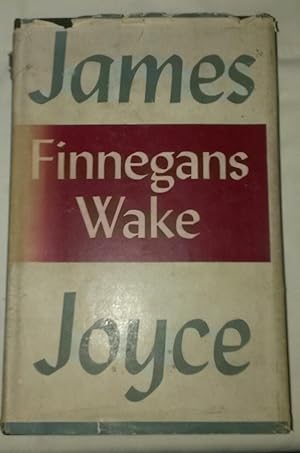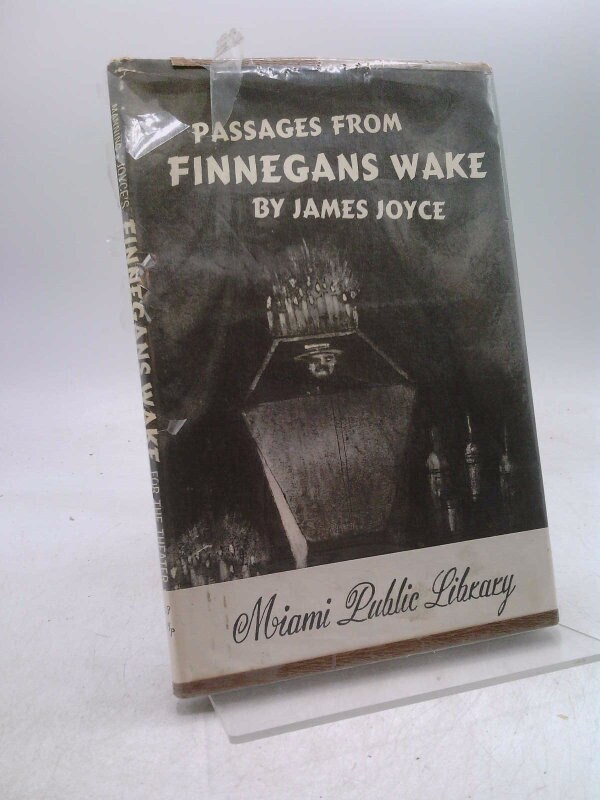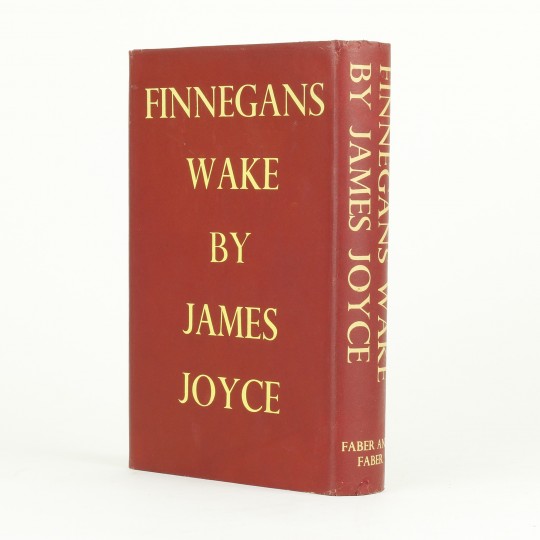

More interestingly, the move to the public domain meant that the Wake could more easily enter the world beyond print culture.

You can even take a Wake walk in Dublin’s Phoenix Park. Closer to Jolas’s oralist approach, the Irish actor Olwen Fouéré brought a chunk of it to the stage. These range from a reasonably priced Wordsworth Classics paperback to a somewhat pricier, but beautifully illustrated, Folio Society printing. For one thing, there are now more print editions available to compete with the standard Faber text, whose pagination serves as the bedrock that supports the weight of critical interpretation that has grown around the work. Since the Wake went out of copyright in the EU in 2012, there has been a perceptible shift. Most impressively of all, in 1992, the Irish writer Patrick Healey recorded the whole thing 35 hours of audio recorded over a four-day period in Bow Lane recording studios, Dublin. Forty years later, Irish folk group the Dubliners, who owe their name to the fact that singer Luke Kelly was reading Joyce’s short stories when they needed one, went one better by recording The Ballad of Persse O’Reilly, a “scurrilous rann against HC Earwicker” that appears early in the novel. Joyce himself lent some credence to this approach by recording a section from the Anna Livia Plurabelle chapter at the Orthological Institute at Cambridge in 1929, in his best cod-Irish brogue. It has a musical flow that flatters the ear, that has the organic structure of works of nature, that transmits painstakingly every vowel and consonant formed by his ear.” As Jolas put it: “Those who have heard Mr Joyce read aloud from Work in Progress know the immense, rhythmic beauty of his technique. Many of the book’s admirers have suggested that the right way to approach the Wake is to see it as oral as much as literary. The fact is that anything that is written can be read, if you go at it in the right way. There is an annotated version online that led me to think that the book is like an early iteration of hypertextĪnd yet.

It has almost become a badge of middlebrow honour to declare to the world that you have never, and will never, read the thing. As a result, it has gained a reputation as a book more written about than read, the ultimate in modernist incomprehensibility.

On the other, it has baffled generations of ordinary readers, even those who admire and enjoy Joyce’s earlier writing. On the one hand, it has been a darling of academia, lending itself to exegesis as few other novels do. In the years since its publication, the Wake has lived something of a double life.


 0 kommentar(er)
0 kommentar(er)
